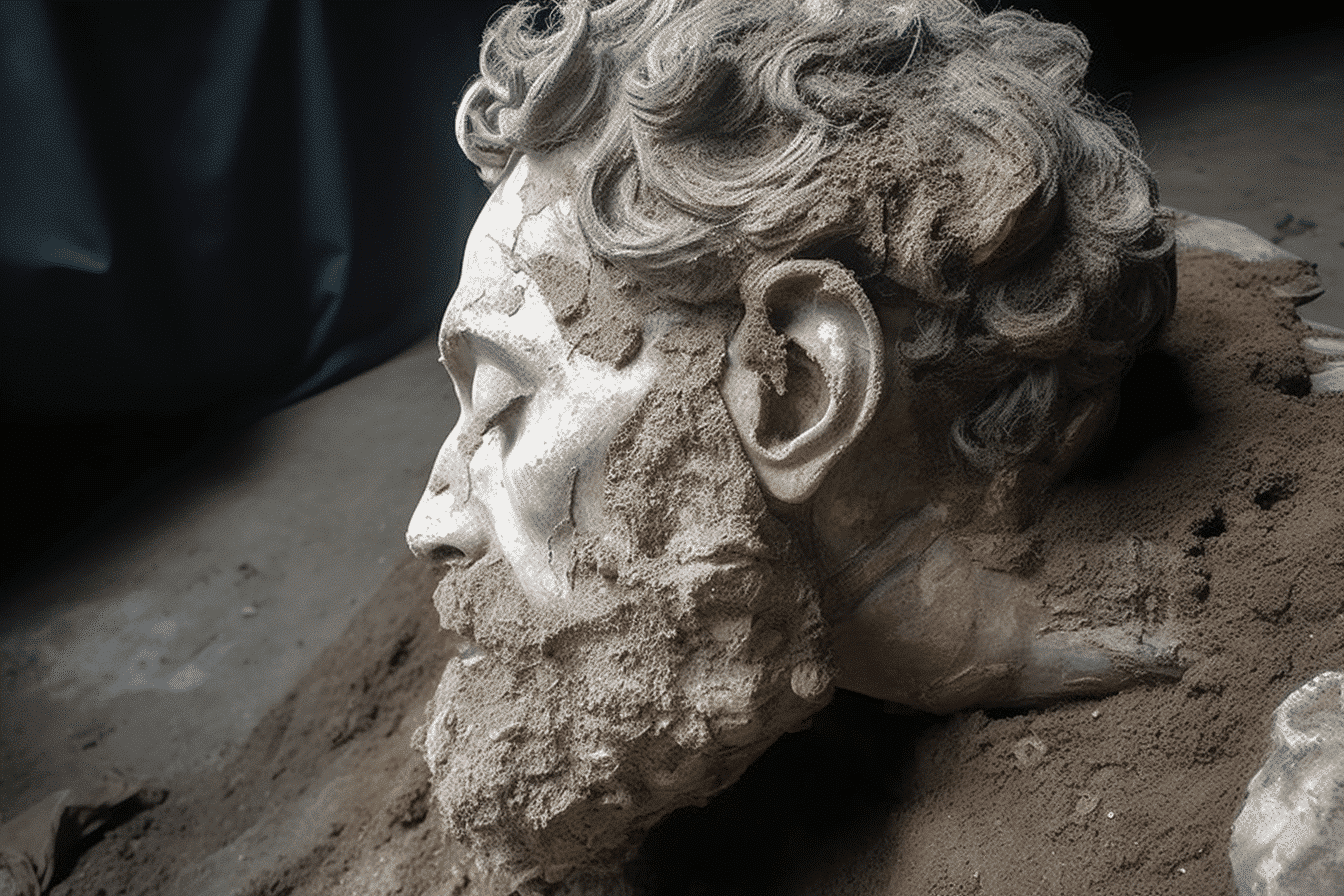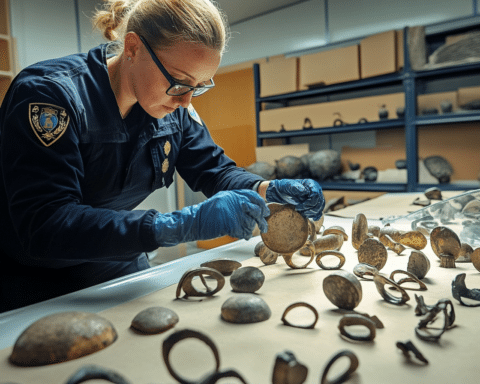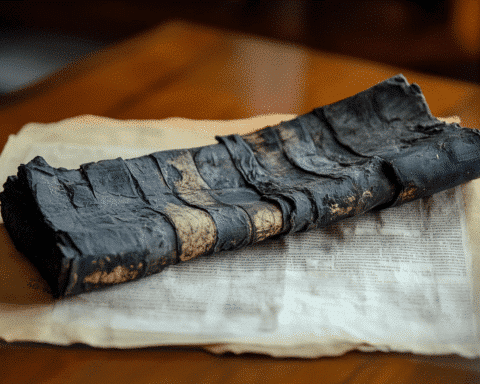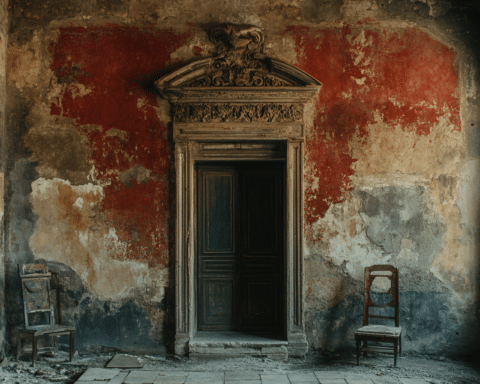On social media, Rome’s city mayor recently disclosed that construction workers had discovered an impressive white marble head in the city’s historic heart.
Mayor Roberto Gualtieri shared a photo of the mud-encrusted artifact on Twitter on Thursday, writing: “A splendid intact marble head has been unearthed during the ongoing work in Piazza Augusto Imperatore, demonstrating once again how #Roma persistently reveals valuable remnants of its history.” The mayor further noted that archaeologists and restorers are now cleaning and scrutinizing the relic.
The Sovrintendenza Capitolina, or Capitoline Superintendence, is responsible for preserving, managing, and improving Rome’s significant historical and archaeological assets.
The unearthed artifact, believed to be part of a female deity statue, was discovered within a foundation exposed during the redevelopment of the Mausoleum of Augustus and Piazza Augusto Imperatore. This information was shared in an online statement by the Rome city council, which also disclosed the relic’s location on the eastern side of the work zone.
The council expressed gratitude for the attentive efforts of the Superintendence’s archaeologists, whose discovery might pave the way for a deeper understanding of the city’s ancient history.
Capitoline Superintendent Claudio Parisi Presicce described the newly discovered head as a finely crafted Greek marble piece, potentially representing Aphrodite, a female divinity. He highlighted the intricate detail of the hairdo, fashioned in a delicate hairstyle, tied at the back with a ‘tenia’ or a head-top ribbon knot.
Parisi Presicce elaborated that the intact head was extracted from the base of an ancient wall, revealing that the artifact had been “repurposed as construction material” and was found face-down, safeguarded by a clay bank upon which the wall’s foundation sits.
Despite the startling condition of the artifact, the Superintendent reassured that such usage of significant sculptures was a common practice during the late Middle Ages, which often led to the preservation of important art pieces, as is the case here.
The artifact is believed to hail from the Augustan era, according to Parisi Presicce. The conservation team and archaeologists now aim to restore it while also striving to identify its origin and age.
In a city as historically rich as Rome, this discovery is a fascinating reminder of its grandeur and the ancient civilizations that have shaped it. This unique find offers an exceptional opportunity for archaeologists and historians to gain new insights into Rome’s vibrant past. It will be intriguing to follow the journey of this marble head as it goes through the restoration process, and to eventually learn more about its origins and who it was meant to represent.




